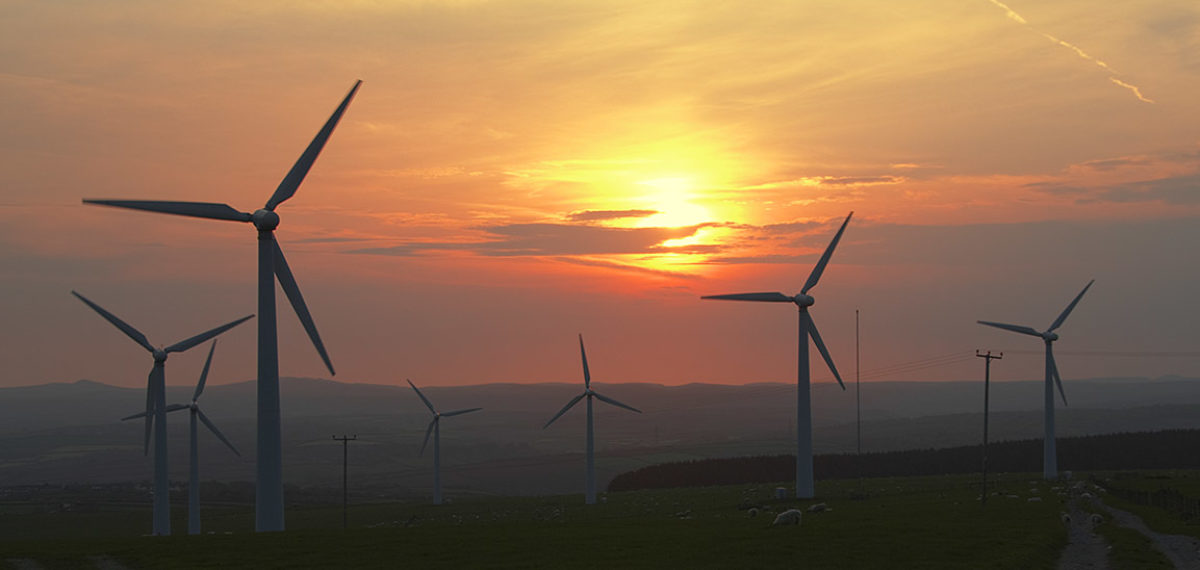BP is trying to boost production of ‘blue’ hydrogen from natural gas and limit output of ‘green’ hydrogen from renewable energy. It is trying to do this using grossly inflated projections of future hydrogen use and thus claim there will not be enough renewable energy to sustain a global net zero economy. However green groups are fighting back against such efforts.
BP’s Chief Economist Spencer Dale claims, in Petroleum Economist that ‘the production of blue hydrogen helps overall global supplies of hydrogen to grow relatively quickly without relying too heavily on renewable energy’.
In reality BP’s push to convert its natural gas production into ‘blue’ hydrogen is likely to squeeze ‘green’ hydrogen out of a market that will be much smaller than what BP claims.
In its just published ‘global energy outlook’ BP makes the dubious projection that (global) growth in hydrogen provision in buildings energy use will be faster than electricity use, as these sources replace fossil use. This is worrying and also unlikely since, as argued in other blog posts on this website, hydrogen is a very inefficient way of providing heating compared to electrically powered heat pumps. Three to four times less renewable energy is needed to provide a given amount of heating using heat pumps than using hydrogen.
BP also likely exaggerates hydrogen’s potential to supply transport needs. Hydrogen powered vehicles are currently almost non-existent compared to the take-up of electric vehicles whose cost is falling rapidly as their range increases and charge times decrease. Hydrogen may fuel some large vehicles such as buses and lorries, but even here there is growing competition from electrically powered models as the energy density of batteries increases.
The contrast between the bloated claims of the pro ‘blue’ hydrogen lobby (read Big Oil and Gas) and the essential uses of hydrogen (ie where hydrogen is best place to provide efficient use of renewable energy) is exposed by analysis conducted by the Committee on Climate Change. In their 2018 hydrogen paper (see Figure 4.1 page 97) the ‘niche’ (ie essential) use of hydrogen is barely one seventh of the bloated, ‘full hydrogen’ scenario which is dominated by use of hydrogen to heat buildings. Meeting ‘niche’ uses for hydrogen, including steel, fertiliser production, concrete production and as a means of storing renewable energy (maybe through ammonia), is a good sized market, but one that can easily be supplied by ‘green’ hydrogen from renewable energy.
But as Big Oil and Gas pull their political weight at both national and local level they can get regulatory, planning and financial support to boost production of ‘blue’ hydrogen. Given that the hydrogen market will inevitably be a lot smaller than what BP projects, green hydrogen is likely to be sidelined.
Green groups are pushing back against this attempt at a blue hydrogen coup, seeing as an attempt to keep the conventional gas industry afloat. Mark Ruskell MSP, the Scottish Greens Energy Spokesperson commented on twitter that he was ‘Concerned that a dash for hydrogen masks what the North Sea Gas sector really wants, maximum extraction and conventional use of methane. Where is the Scottish Government’s hydrogen strategy?’ He argued that it is ‘likely that hydrogen used in the gas grid will be blended with natural gas extending its use for heating way into the future. What you should be pushing for is a massive heat pump sector deal’.
Meanwhile Richard Dixon, Director of Scottish Friends of the Earth attacked the deal under which BP will be ‘advising’ Aberdeen Council ( an arrangement which will involve ‘blue’ hydrogen) saying this was ‘a bit like asking a car dealer to help you redesign your public transport system’.
Big oil and gas’s attempts to preserve their methane industry need to be resisted and attention placed firmly on the need to expand renewable energy production from onshore and offshore wind, different forms of solar pv, and marine renewables. Of course hydrogen is a priority, but it must be green, not blue. A good way to fend off the pernicious efforts by oil and gas to grab the hydrogen market is to campaign for 100 per cent renewable energy solutions, which is what 100percentrenewableuk is doing.
https://www.petroleum-economist.com/articles/low-carbon-energy/energy-transition/2020/
rush-to-green-hydrogen-may-be-counterproductive-bphttps://www.bp.com/en_gb/united-kingdom/home/news/press-releases/bp-and-aberdeen-join-forces-in-drive-for-net-zero

2 thoughts on “BP pushes ‘blue’ hydrogen at the expense of renewable hydrogen using inflated projections for hydrogen market”